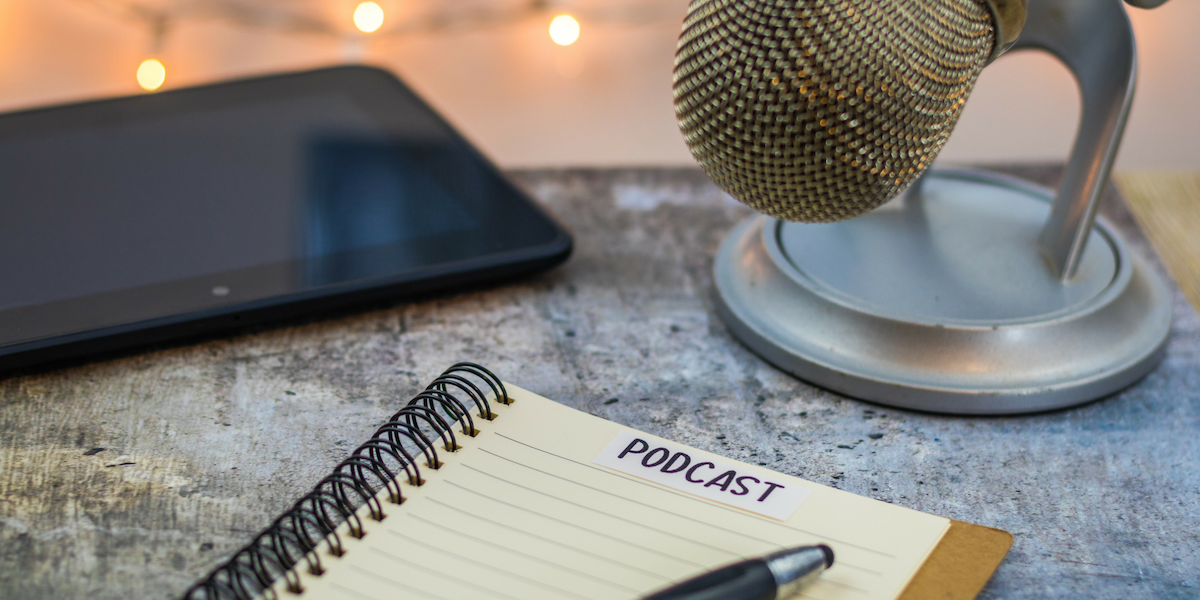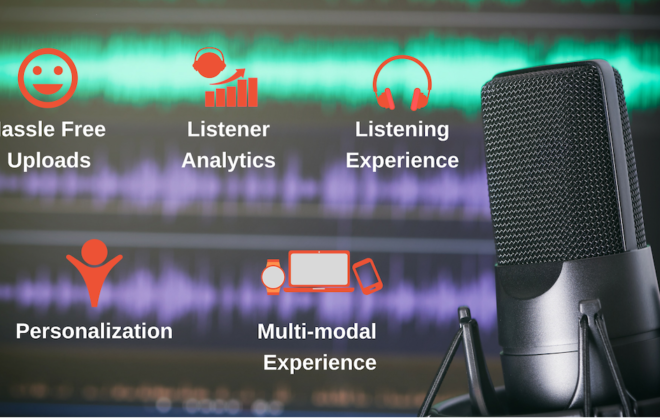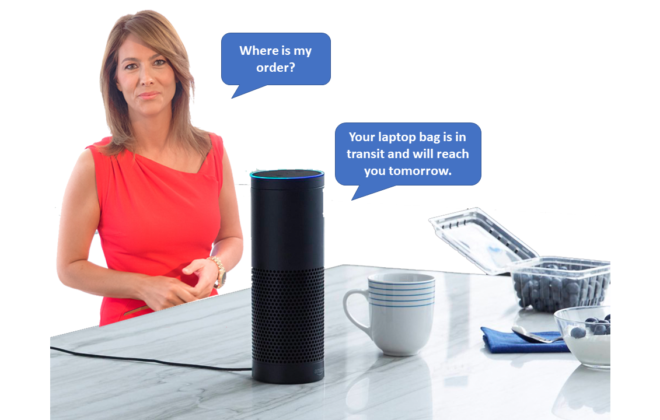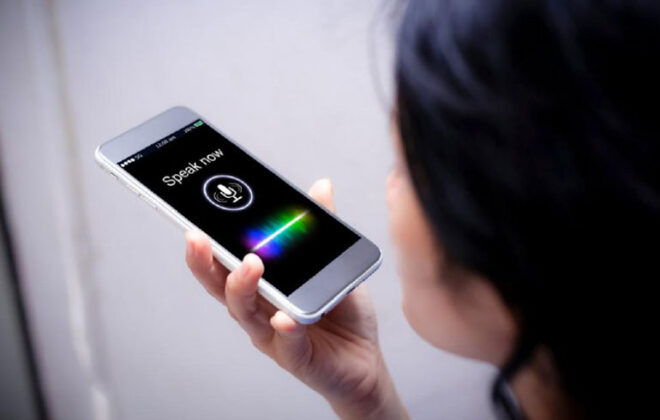What is stopping podcasts from going mainstream?
If you ask a common person on streets if she/he can access their favorite video content via the internet, I can guarantee you that almost 100% would know an answer to that question. If you ask the same people how and where they can access the best podcasts, I am pretty sure half of them would not know that.
Although podcasting started around 2004, a few years before video streaming services such as Netflix (started in 2007), the rise in popularity of podcasts has been overwhelmingly slow.
In this article, we will take a look at some of the factors that we believe are stopping podcasts from going mainstream and what can be done to tackle these factors.
Podcasts were never created for a specific consumption channel
Podcast consumption started picking up in 2004 with the advent of the iPod – a device primarily created for music streaming. Prior to that, podcasts, known as audio blogs or audio diaries, were circulated within peer groups through file sharing via computers.
With the launch of iPhones in 2007, smartphones became popular and almost the entire world had access to some form of smart device. Among thousands of apps available on the app stores, there were very few apps that allowed you to consume podcasts.
One would ask why and how does this matter? Look at any consumption data for media that has become mainstream and you would understand. On-demand video streaming services were created specifically for television – the primary consumption channel for video. Audio consumption media was created keeping in mind the main channel of audio consumption – radio. Movies were always created keeping in mind their primary channel of consumption – cinema halls.
All this media was created looking at user behavior patterns on these various consumption channels. Podcasts were always an “add-on” to an existing channel. Not focusing on specific user behaviors for specific channels is a huge reason why podcasts have never been able to go mainstream.
Podcasts were never created for mass consumption

Again, let’s take an example of any mainstream media content – do most people in the world know how to access video content through TV – Yes. Do most people know how to listen to the news on radio – Yes. Do most people know how to go watch a movie of their choice – Yes.
Do most people know how to listen to a podcast – an overwhelming NO.
Jacob media recently did a survey of podcast listening and found that 45% of the people they surveyed said they have never listened to a podcast. Below are the results of their survey.
The good news is that most frequent podcast fans are millennials. While the Boomer and Silent generations are the ones who “Never Listen” to a podcast.

Late tech adopters usually fall into the “Never listen to podcasts” group. This suggests that awareness regarding podcasts – finding and accessing the right ones might be limited.
Jacob Media further studied reasons behind why people have never listened to podcasts and found the following.
Green bars clearly highlight a technical opportunity to make podcasts readily available to users who very much could become regular consumers. Instead of having podcasts lie around like in a flee market with listeners having to take serious efforts to find them, if they are made available in an easy to access fashion they will be consumed in a much larger quantity.
Solving problems of accessibility and ease of consumption might give the podcasting the big breakthrough that the industry has been looking for.
Podcasts created without considering user behavior

Any mass media channel is created with user behaviors in mind. For example, for television, prime time is always reserved for news or the most popular series, evenings are reserved for family/kid based shows etc. When it comes to radio again the most popular shows are reserved for evening time, news based shows are usually reserved for morning times, so on and so forth. Even with on demand video content, user consumption behavior patterns drive your “recommended content” suggestions. And most importantly, all of these channels will look at their consumer behavior patterns to drive their content creation process.
When it comes to podcasts, such trend based studies have never been done till now. Recent studies (source) however showcase how podcasts are being consumed by listeners.
Using these trends to create and suggest podcasts will hugely impact consumption trends.
Why advent of Smart Speakers is the best thing that could have happened to podcasts?
With the advent of smart speakers podcasts finally have a channel that is most suitable for their consumption. A device that specifically is created for playing audio will bring about a big change in podcast consumption.
With the advent of smart speakers, a lot of data is also becoming available regarding user trends of consuming audio content. Patterns such as preferences regarding specific times, specific days, parts of the house where data is being consumed, trends based on age groups and geographies are becoming evident. These trends can be extremely useful in driving the content creation process for creating exactly the kind of content that users are looking for.
With smart speakers, podcasts are becoming more easily accessible to larger audiences. By allowing podcasts to be accessible via voice commands, a large user base who previously found it difficult to access podcasts can now easily listen to them.
Smart Speakers finally seem to bring on the much needed breakthrough in the podcasting space. Check out why we believe smart speakers are the next big destination for podcasters.




